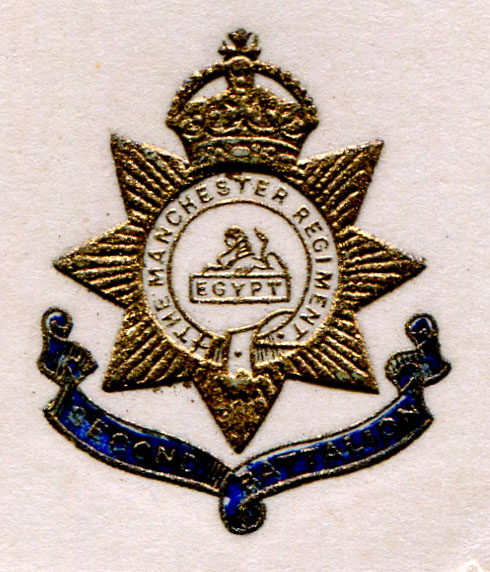The 96th Regiment was raised in Manchester in 1824. It provided detachments for convict ships sailing to New South Wales and Tasmania and later served in New Zealand, India and South Africa. In 1874, the Regiment was renamed the 96th (Queen’s Own Germans) Regiment of Foot.
The newly formed Manchester Regiment spent most of its early years in India and also served in the Second Boer War. When the First World War broke out, such was the volume of volunteer recruits that the Regiment formed an additional 38 battalions in addition to its original ten. The Regiment took part in the Battle of Marne, the Battle of the Aisne, the First, Second and Third Battles of Ypres, The Battle of Loose and the Battle of the Somme. It also served in Mesopotamia and fought in the Gallipoli campaign. The Manchester Regiment lost 13,770 men during the First World War. Of the 20,885 names on the Helles Memorial, which commemorates commonwealth servicemen who died in Gallipoli with no known grave, 1,215 are men from the Manchester Regiment.

